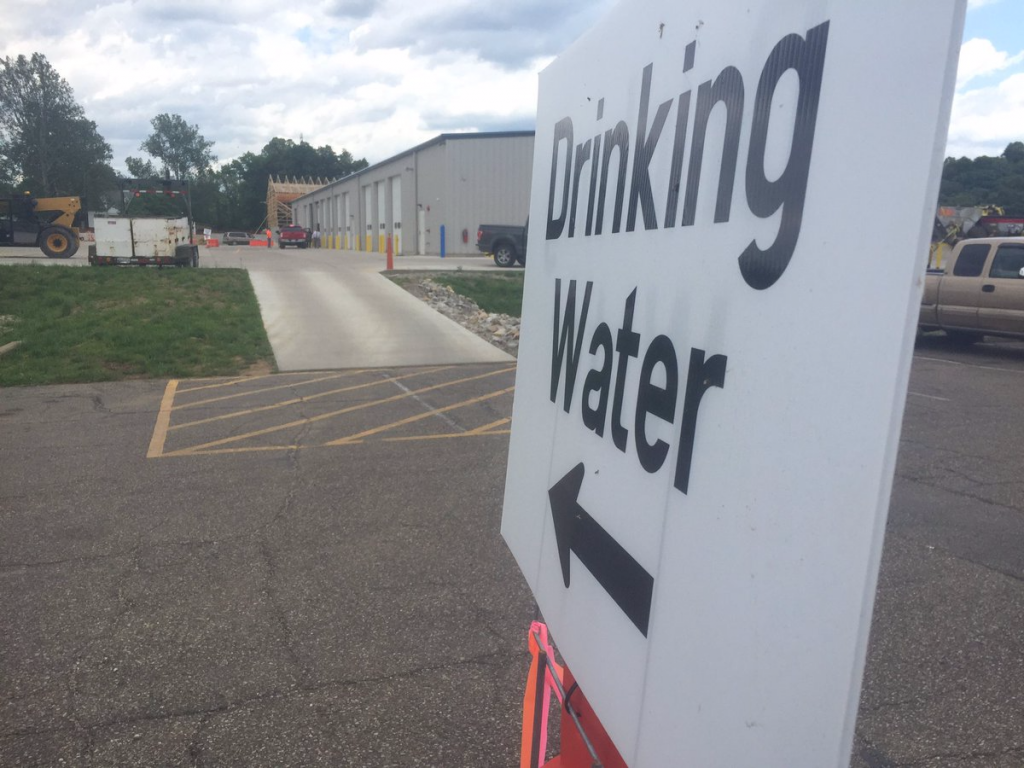News
EPA To Limit PFAS Chemical Contaminants Found In Some Ohio Valley Water Systems
By: Brittany Patterson | Ohio Valley ReSource
Posted on:
The U.S. Environmental Protection Agency today said it will move forward with a series of actions to regulate toxic fluorinated chemicals, including proposing drinking water limits by the end of this year.
In its long-awaited “PFAS Action Plan,” EPA laid out a series of actions to address the widespread contamination of fluorinated PFAS chemicals.
Those chemicals include PFOA, or C8, which has been detected in several water systems in the Ohio Valley. The chemicals were used in a variety of products, including non-stick cookware, stain resistant clothing, and flame retardants.
Some municipalities in Ohio and West Virginia have been dealing with C-8 contamination for decades, and a court-ordered health monitoring program in the Ohio Valley linked exposure to a variety of health risks.

Among the actions outlined in the plan, EPA said it will:
- “Propose a regulatory determination,” or take the next step to determine a Maximum Contaminant Level, or MCL, for PFOA and PFOS.
- Continue enforcement actions (EPA has already done eight).
- Clarify cleanup strategies for PFAS contamination and soon release interim groundwater cleanup recommendations for contaminated sites.
- Expand research into the human health and ecological effects of exposure, how PFAS chemicals spread and how best to remove them from the environment.
- Continue the process to of adding PFAS under the Superfund law.
- Consider placing PFAS chemicals in the Toxics Release Inventory, a publicly available database containing information on chemical releases and other waste management activities.
- Develop a plan to better communicate the risk to the public of exposure to these chemicals.
Environmental groups and some Democratic lawmakers immediately pushed back against EPA’s timeline for setting drinking water limits for PFOA and PFAS.
“It has taken the EPA nearly a year just to kick the can even further down the road,” said Senator Tom Carper, the top Democrat on the Senate Environment and Public Works Committee.
The Natural Resources Defense Council said EPA’s timeline for issuing a PFOA and PFOS MCL, or drinking water standard, would take years.
“What that means, in practice, is that EPA would finalize standards—if it decides to regulate at all—within 5 to 10 years,” the group said in a statement.
In a call with reporters, Dave Ross, assistant administrator for EPA’s Office of Water stressed the agency will go through the rule making process set out by the Safe Drinking Water Act. That will include using the most up-to-date science and taking public comment.
“We are going to move as quickly as we possibly can to do this,” Ross said, adding that whatever EPA proposes will likely be challenged in court. “So we will move with all deliberate speed.”
This is a developing story. The ReSource will have a complete report later today.

